
Palantir Competitors: Top Alternatives in Data Analytics and AI
Palantir Technologies has become one of the most well-known names in the world of big data analytics, artificial intelligence, and enterprise solutions. The company is famous for its powerful platforms like Palantir Foundry and Palantir Gotham, which help governments, businesses, and institutions process huge amounts of data, find patterns, and make better decisions. Palantir is often linked with high-profile projects in defense, finance, healthcare, and public safety, making it a trusted yet premium solution in the analytics industry.
However, Palantir is not the only option. As demand for big data analytics and artificial intelligence grows, several competitors and alternatives have emerged. These companies provide similar or even more specialized tools, often with easier interfaces, stronger integration features, or more affordable pricing. Organizations that want flexibility or scalability often explore these competitors before deciding on Palantir.
Below is a detailed look at the top 10 Palantir competitors and alternatives, covering their features, strengths, and why businesses choose them.
Alteryx

Alteryx is a fierce competitor with Palantir because they excel at delivering simplicity in the area of data analytic complexity. Putting aside the technical aspects of Palantir software, many more Alteryx users are business-trained professionals—as opposed to IT professionals trained in an expert technical capacity—who require fast, immediate insights without the chain of command of going through IT teams. Through the use of a drag-and-drop design environment, Alteryx provides ease of use and practicality for an approach to complex workflows without any coding requirements.
Additionally, Alteryx allows users to perform blending of different types of data and predictive analytics combined with spatial analysis, plus adds features to integrate seamlessly with third-party tools like Tableau and Power BI, which allows businesses to generate dashboards and reports much faster.
For companies that are seeking more of a trade-off between simplicity and advanced analytics, Alteryx is an ideal alternative.
IBM Watson Studio
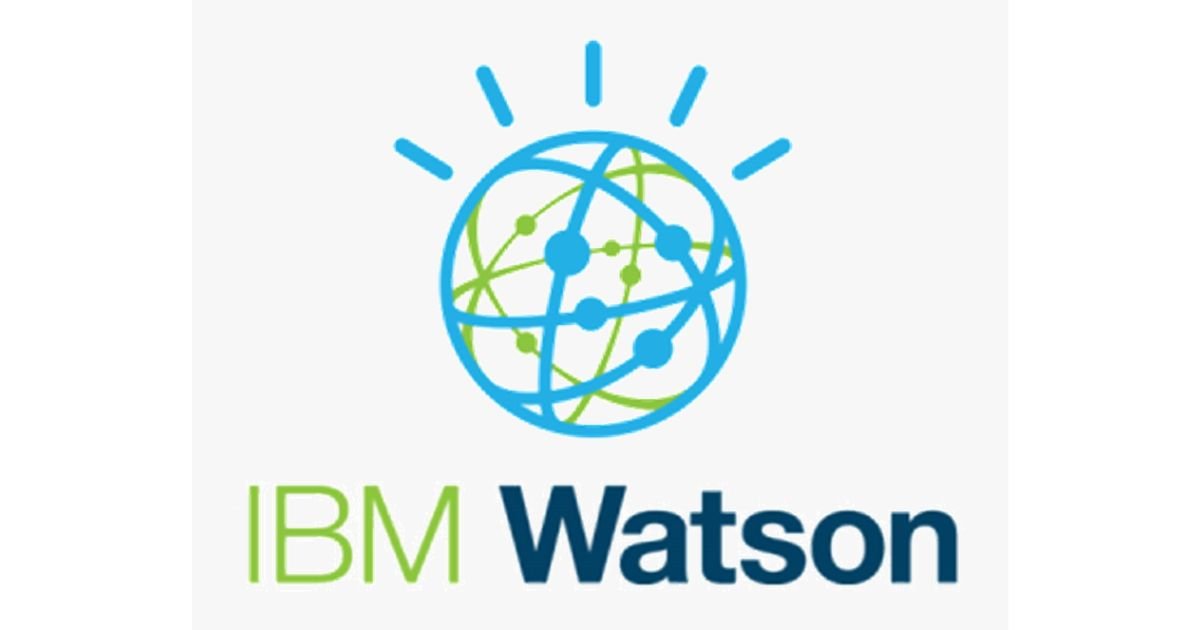
IBM Watson Studio is another powerful competitor. Built on IBM’s strong background in artificial intelligence, Watson Studio allows businesses to prepare data, build machine learning models, and deploy them for real-world use. Unlike Palantir, which often focuses on government and large-scale operations, IBM Watson Studio appeals to a wide range of industries, including healthcare, finance, and retail.
What distinguishes IBM Watson Studio from others is its array of prebuilt AI models and accelerators. These off-the-shelf models allow companies to get up and running quicker without having to build everything from the ground up. In addition to offering solid governance and security capabilities, which provide peace of mind for companies operating in heavily regulated industries, businesses looking for flexibility, AI integration and enterprise security generally consider Watson Studio a credible option.
Tableau
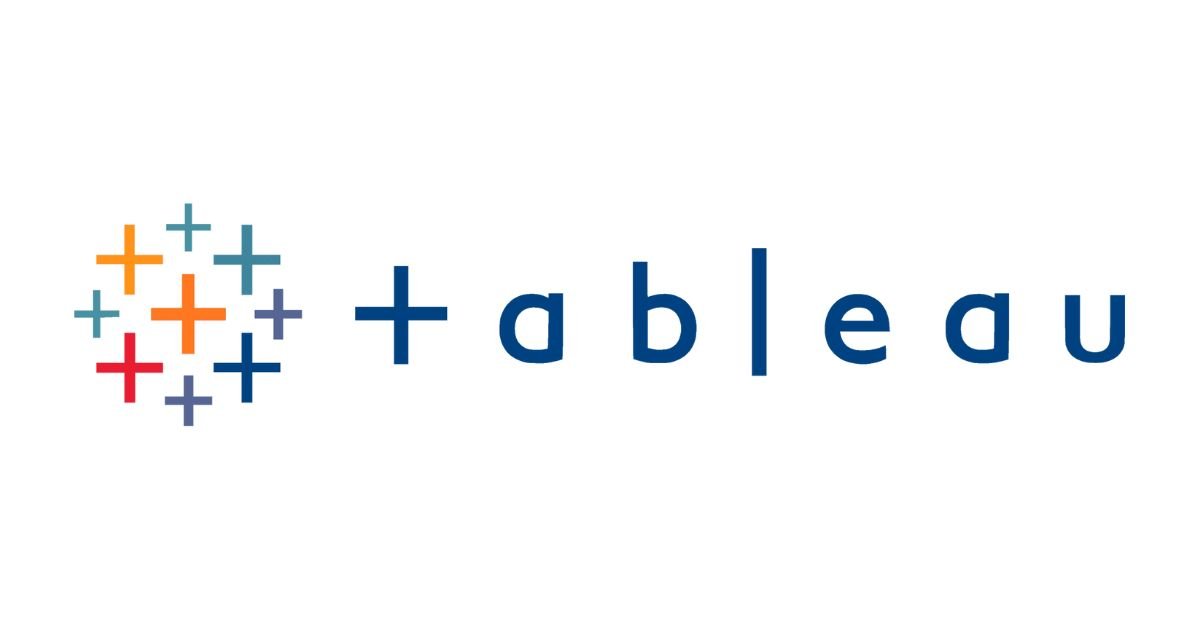
Tableau is one of the most well-known names in data visualization and business intelligence. Unlike Palantir, which is designed for deep data integration and analysis, Tableau focuses on helping users tell stories with data. Its easy-to-use drag-and-drop interface allows people with little technical background to create charts, dashboards, and interactive visualizations.
One of Tableau’s greatest strengths is its ability to connect to many different data sources and work within existing systems. Companies can hook Tableau up to databases, spreadsheets, and cloud sources without a lot of hassle. It has a large community of users that share knowledge and solutions. For organizations that value visualization, it is a very strong alternative to Palantir and Palantir-style software.
Amazon Web Services (AWS)
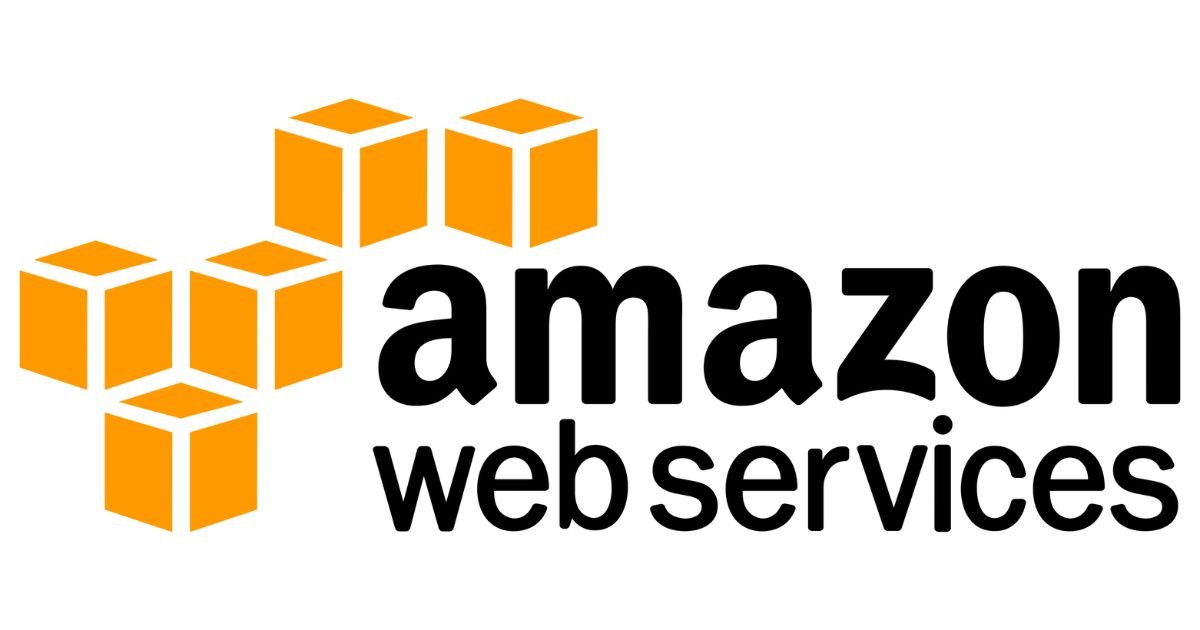
Amazon Web Services, or AWS, is one of the largest cloud computing platforms in the world and a direct competitor in the data analytics space. With services like Amazon Redshift for data warehousing, Amazon Athena for interactive queries, and Amazon QuickSight for visualization, AWS provides a full package of analytics solutions.
The scale and security aspects of AWS are what really make it shine. Organizations can store and process vast amounts of data on AWS infrastructure and can utilize machine learning and AI service applications to derive intelligent business insights. The global availability of AWS is also commendable, allowing organizations to access data in real-time from almost anywhere in the world. For companies that need cloud flexibility and real-time analytics, they often go with AWS instead of Palantir.
Splunk
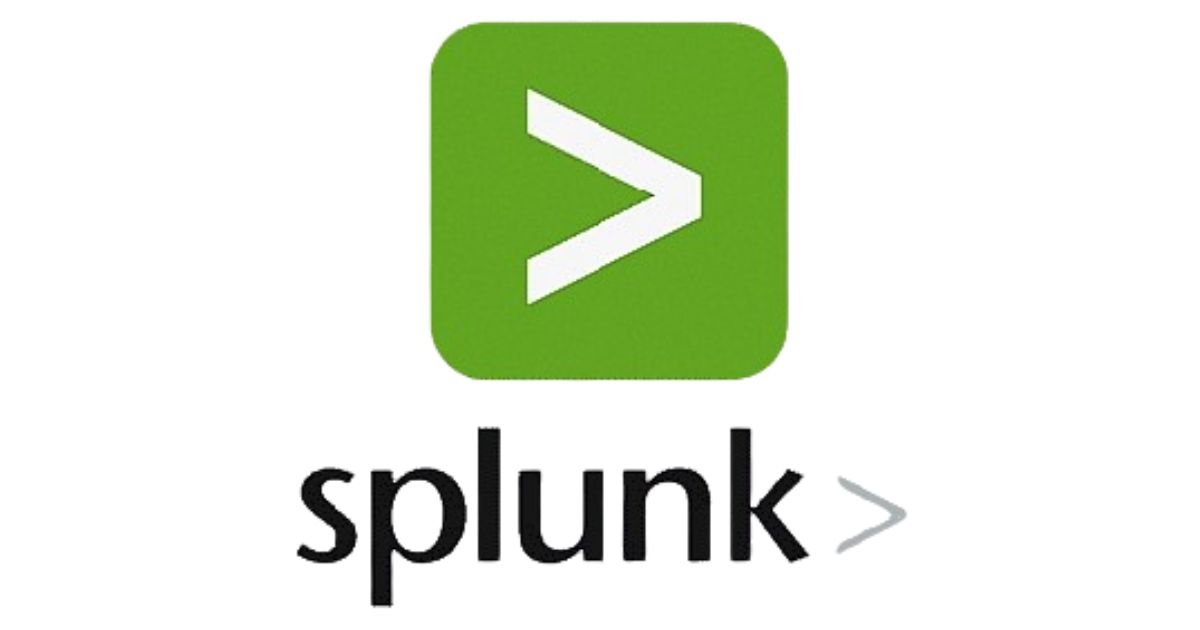
Splunk is a leader in analyzing machine-generated data, such as logs, metrics, and events from IT systems. Many companies choose Splunk over Palantir because it specializes in operational intelligence and cybersecurity. With Splunk, businesses can monitor systems in real time, detect unusual behavior, and prevent security threats.
Splunk Enterprise, the company’s primary product, allows for the search and analysis of structured and unstructured data in one place. Splunk, of course, has industry-specific tools for IT service intelligence and security operations. For companies looking for rich monitoring and security capabilities, Splunk is a better option than Palantir in general.
Microsoft
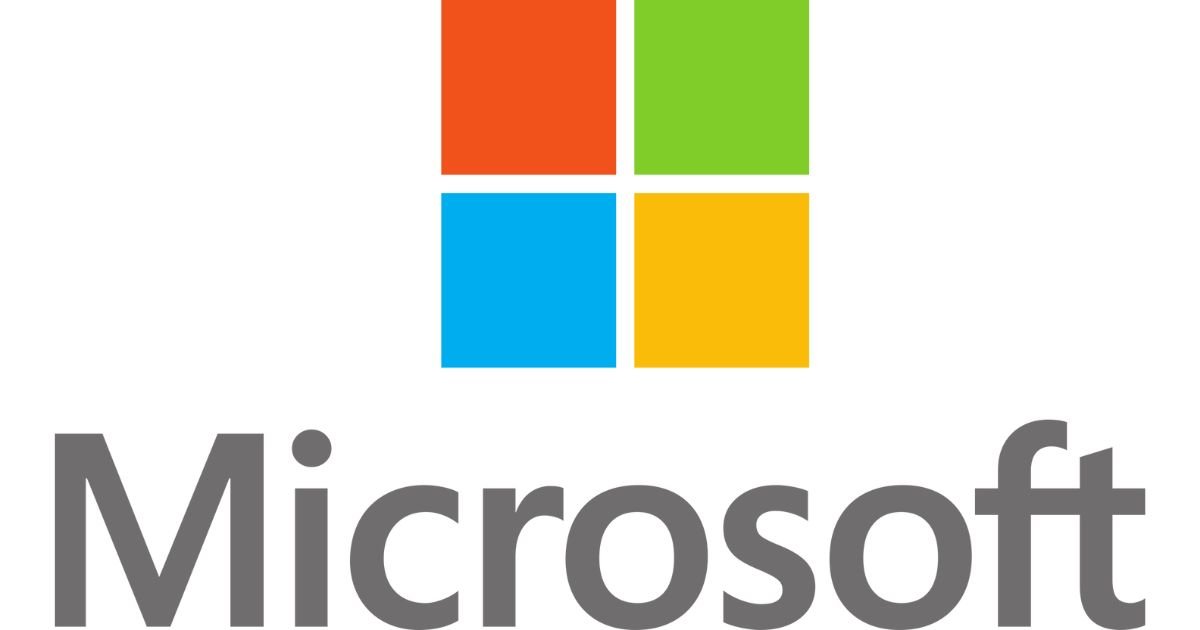
Microsoft offers two powerful tools that compete with Palantir: Azure Synapse Analytics and Power BI. Azure Synapse Analytics is designed for big data and advanced analytics, while Power BI provides easy-to-use business intelligence and visualization features.
What makes Microsoft a strong competitor is its existing presence in the business world. Many companies already use Microsoft Office, Azure cloud, and other tools, so integrating Synapse and Power BI becomes simple. Microsoft’s platforms are also constantly updated, with new features being added through heavy investments in research and development. For companies looking for a trusted, scalable, and integrated solution, Microsoft provides one of the strongest alternatives to Palantir.
Google Cloud Platform
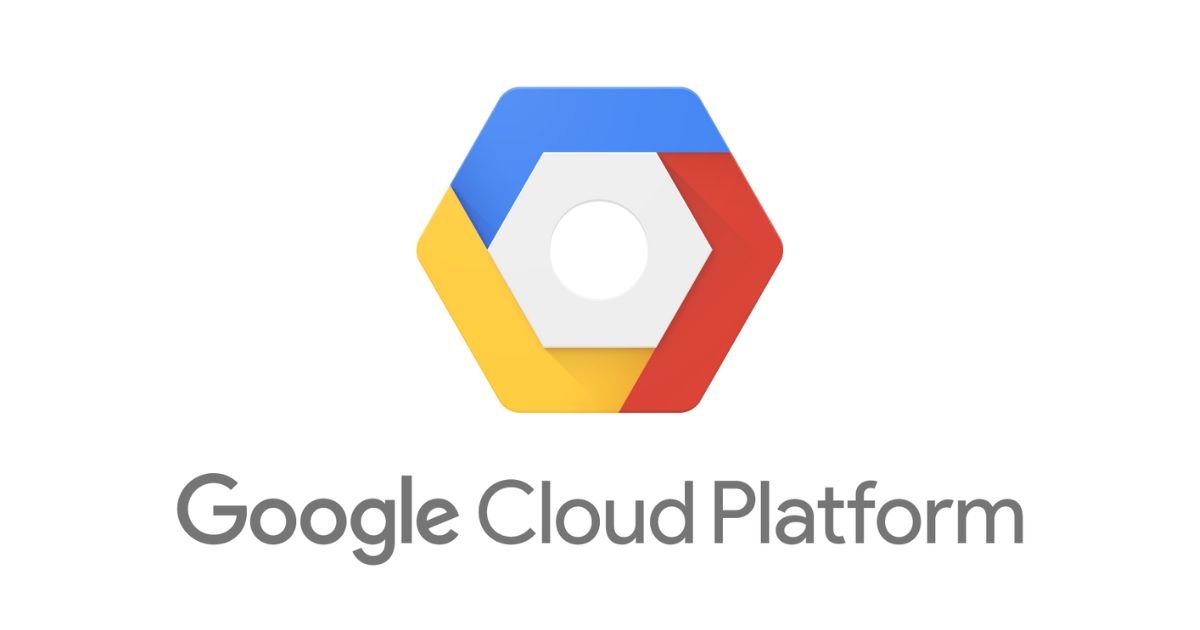
Google Cloud Platform, or GCP, is another major competitor. With BigQuery, a serverless data warehouse, and Looker, a business intelligence platform, GCP gives organizations the ability to analyze large datasets quickly and share insights across teams.
One of the biggest strengths of GCP is scalability. BigQuery can handle huge amounts of data without requiring businesses to manage infrastructure, which makes it cost-effective and efficient. Looker, on the other hand, empowers non-technical users with its drag-and-drop features and data modeling capabilities. Supported by Google’s strong infrastructure and AI tools, GCP is a popular choice for businesses that need advanced analytics and smooth collaboration.
Cognizant
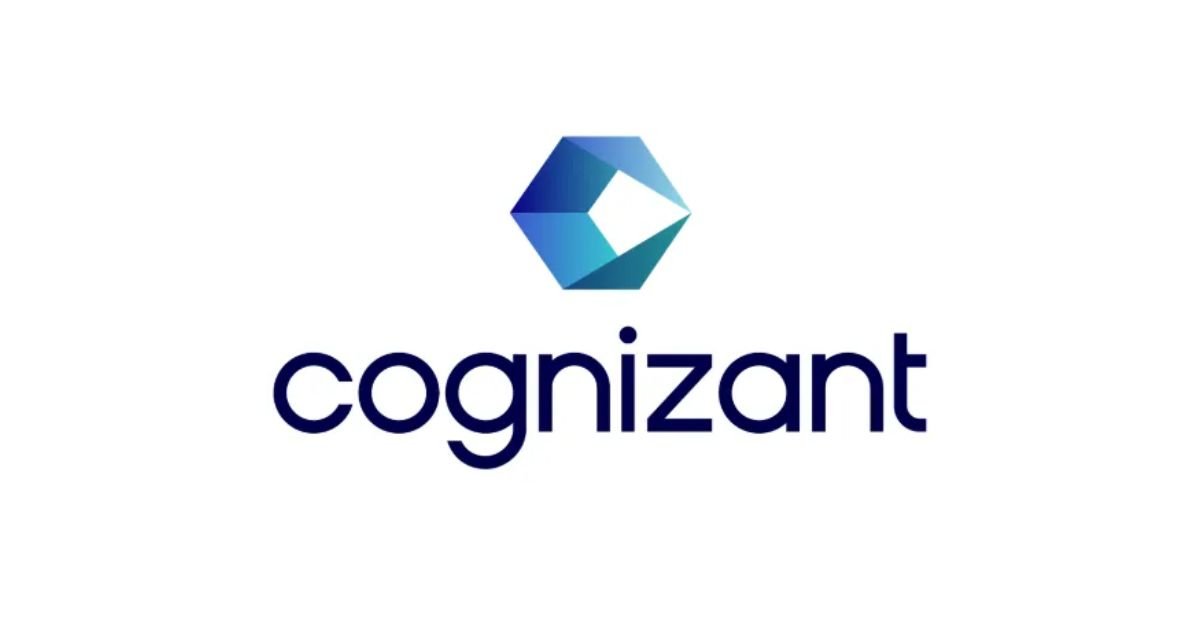
Cognizant is not primarily a data analytics company like Palantir, but it provides consulting, technology, and outsourcing services that help businesses use data effectively. It helps organizations develop strategies, build infrastructure, and manage analytics projects at scale.
By offering services such as data governance, AI, machine learning, and integration, Cognizant acts as both a partner and a competitor. For companies that may not have strong in-house expertise, Cognizant provides the guidance and technical support needed to compete with the advanced solutions offered by Palantir.
SAP
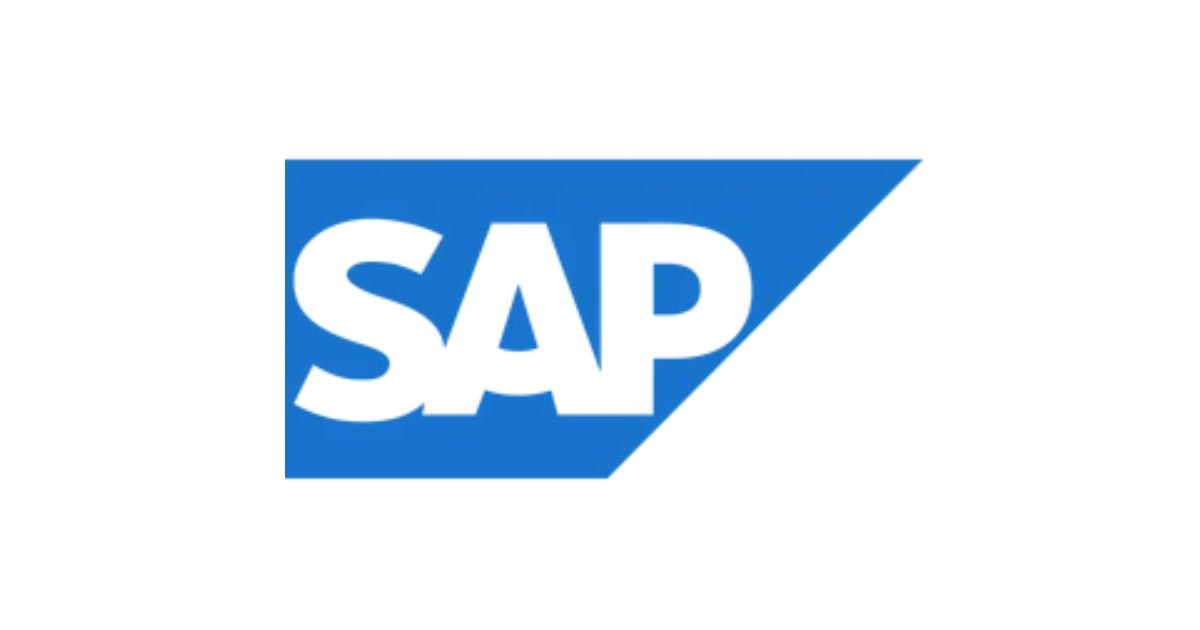
SAP is a global leader in enterprise software, and its SAP HANA platform competes directly with Palantir in terms of real-time data processing. It is designed to analyze massive volumes of data instantly, giving organizations the ability to make fast, data-driven decisions.
In addition to HANA, SAP also offers industry-specific tools such as SAP Ariba for supply chain analytics and SAP SuccessFactors for workforce analytics. This broad ecosystem makes SAP a strong competitor for businesses that want analytics integrated with enterprise operations.
Databricks
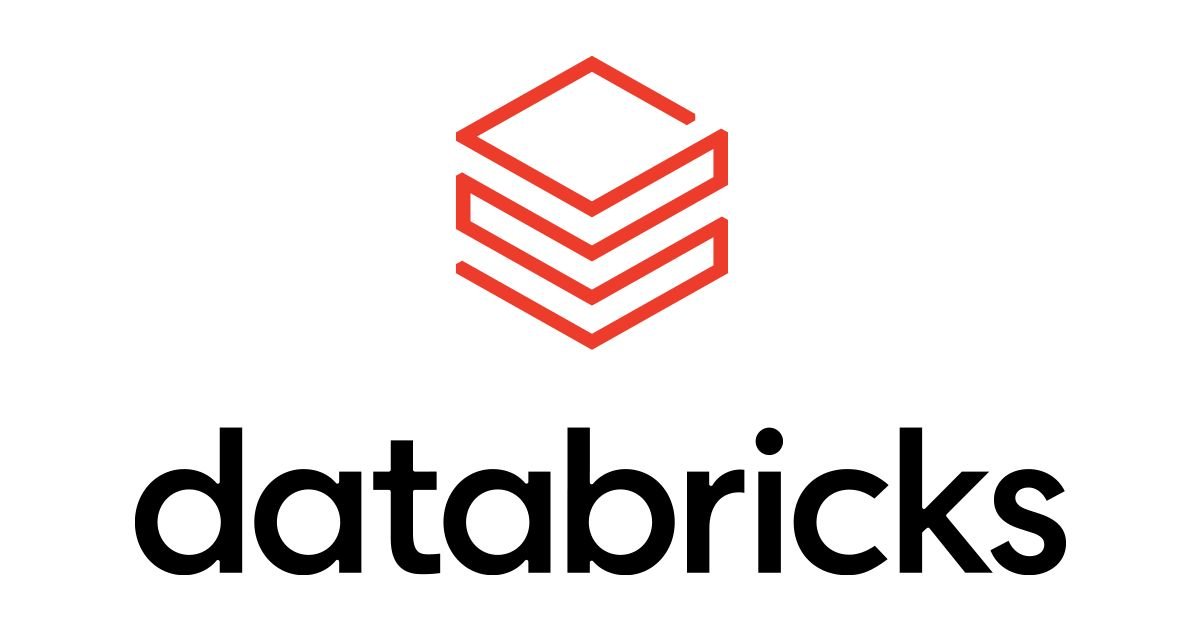
Databricks is an extraordinarily rapidly growing cloud data analytics platform company. Built on Apache Spark, the platform enables organizations the ability to scale and better manage structured and unstructured data. Databricks is designed to incorporate several collaborative aspects, including a collaborative space that allows teams of engineers, data scientists, and analysts to work together more effectively.
Databricks is one of the most scalable machine learning solutions available. Organizations focused on using predictive analytics make Databricks a leading choice, as they can build, train, and deploy AI and ML models with ease. Organizations looking for a combination solution for scalability, a flexible approach and collaboration, Databricks can be an excellent alternative to Palantir!
Top 10 Palantir Competitors and Alternatives
| Rank | Company | Key Strengths |
| 1 | Alteryx | User-friendly workflows, predictive analytics |
| 2 | IBM Watson Studio | AI-driven insights, governance, security |
| 3 | Tableau | Strong data visualization and storytelling |
| 4 | AWS | Cloud scalability, machine learning tools |
| 5 | Splunk | Real-time monitoring and cybersecurity |
| 6 | Microsoft | Azure Synapse and Power BI integration |
| 7 | Google Cloud Platform | BigQuery and Looker for scalable analytics |
| 8 | Cognizant | Data strategy, consulting, outsourcing |
| 9 | SAP | Real-time enterprise data solutions |
| 10 | Databricks | AI, collaboration, big data analytics |
Conclusion
Palantir remains one of the most powerful platforms for large-scale data analytics and intelligence, but it is no longer the only option. Businesses today have access to a wide range of tools that match or even exceed Palantir in certain areas. Whether it is the visualization strengths of Tableau, the AI-driven capabilities of IBM Watson Studio, the scalability of AWS and GCP, or the collaborative design of Databricks, organizations have plenty of choices.
Each of the top 10 Palantir competitors provides its own unique advantages. Businesses now have more options to choose a solution that meets their budget, size, and industry needs. As data becomes more critical, competition will likely escalate, providing businesses with increasingly powerful technology, analytics, and artificial intelligence.
Also Read About: PLTR vs. COHR: Which AI Stock Has More Potential?


